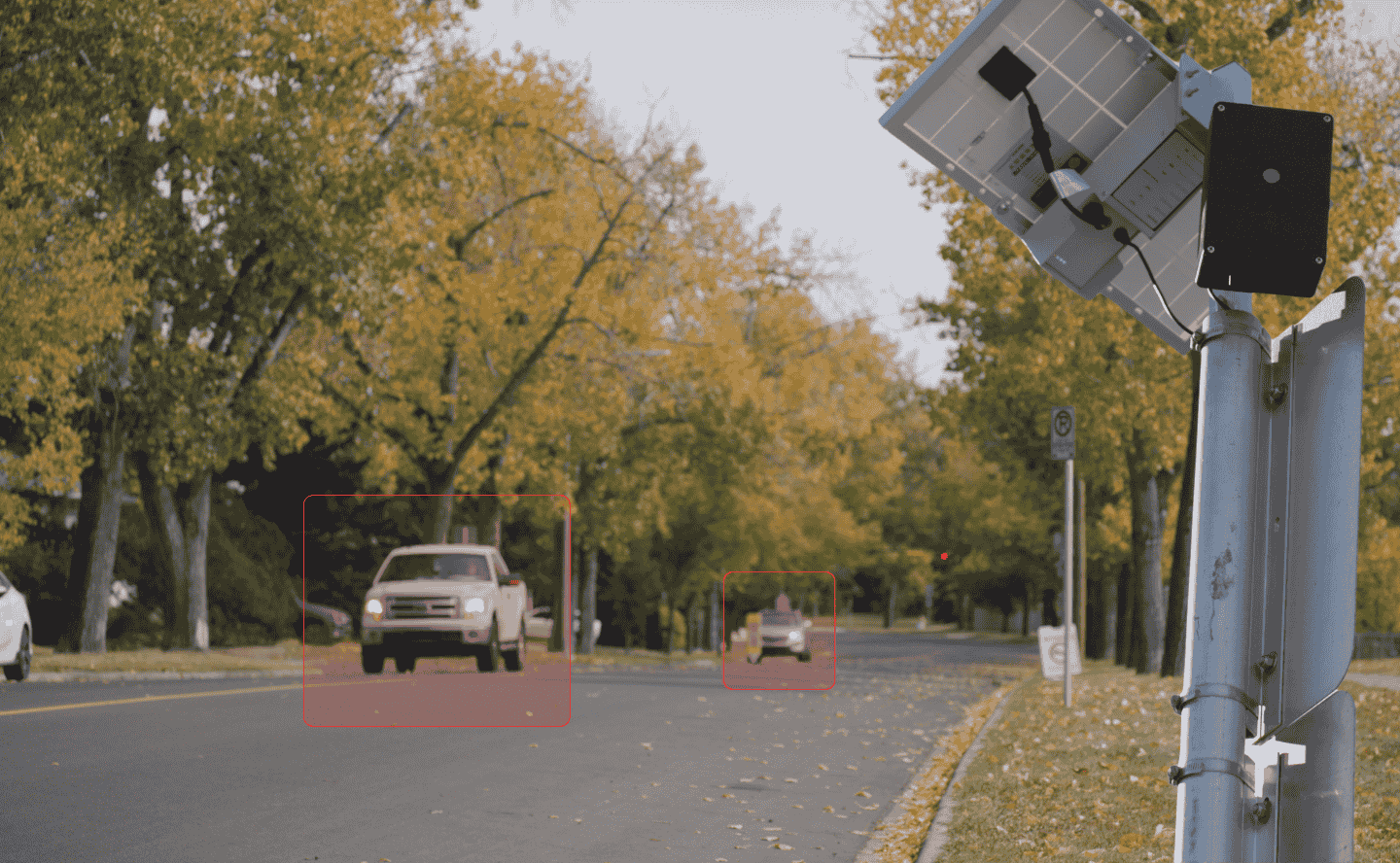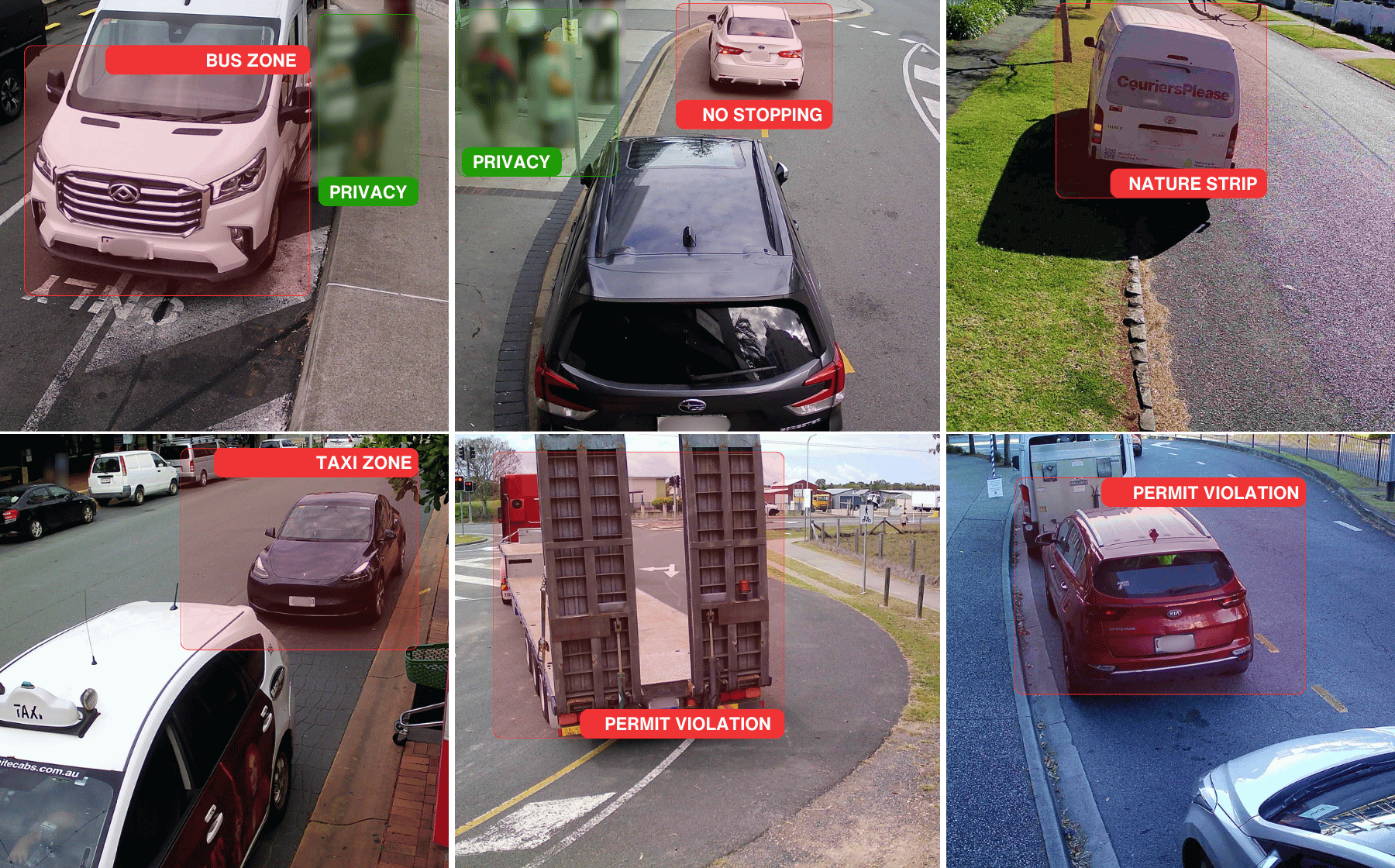Curbside space is one of the most valuable pieces of public real estate in any city, for the way it connects citizens to schools, shops, hospitals, and public transport. Yet for councils globally, managing this limited resource has become one of the most pressing urban challenges.
Double-parking, expired meters, blocked loading zones, and misuse of accessible bays disrupt traffic, reduce fair access, and compromise safety. Traditional manual patrols and legacy LPR systems can’t keep pace with the complexity of modern cities.
To truly unlock the value of the curb, cities need enforcement solutions that aren’t just smarter, but also flexible enough to evolve with changing needs.
From Parking to Public Asset
The curb is more than a parking strip. It’s critical urban infrastructure, influencing business turnover, commuter behaviour, school safety, and even emergency response. Yet, it remains one of the least digitised city assets.
This gap leaves councils with an unenviable choice. Either they allocate more staff to manual patrols or tolerate widespread non-compliance. Neither option is sustainable in an era where resources are stretched, community expectations are rising, and transparency is paramount.
Automation That Adapts to Council Needs
This is where SenPIC, SenSen’s pole-insertable, solar-powered AI camera system, is reshaping the curbside landscape. By turning ordinary street poles into 24/7 smart enforcement points, SenPIC delivers automated coverage that works continuously, accurately, and fairly.
But what sets SenPIC apart is its flexibility. Cities can start small by deploying the system at a single school zone, a handful of loading bays, or a high-traffic retail strip. As needs evolve, that same technology can scale across suburbs, business districts, or an entire city network. The infrastructure is light, the installation quick, and the return immediate.
This means cities can target their most pressing challenges first, while retaining the ability to expand coverage as resources allow and community priorities shift.
Fairer Access Through Targeted Enforcement
SenPIC is designed to flex across a wide variety of use cases. It addresses three main categories of curbside misuse:
- Time-Limit Parking – overstays, expired meters, or repeat “bay-hopping” that reduce turnover for local businesses
- Permit Misuse – misuse of accessible bays, loading zones, or expired residential permits that disadvantage those who genuinely need these spaces
- Safety-Related Violations – stopping in school zones, blocking hydrants, or double-parking in congested corridors, which pose immediate risks to safety and traffic flow
This breadth of enforcement scenarios shows how a single system can flex to meet diverse policy goals, from boosting retail activity to improving school-zone safety.
Evidence the Community Can Trust
Public trust is critical in enforcement. That’s why SenPIC goes beyond licence plate recognition. It captures the full context, including plates, vehicle metadata, location, and timestamp, while automatically blurring faces and bystanders to protect community privacy.
This flexibility extends to evidence management. Cities can configure workflows to issue warnings, spot fines, or mailed infringements depending on policy. Whether the goal is education, deterrence, or compliance, the system supports it seamlessly.
Furthermore, SenPIC’s adaptability isn’t limited to enforcement, it also generates data insights that can shape long-term planning. Through the SenBOS back-office system, officers can review alerts, spot trends, and identify hotspots. Councils can use these insights to adjust parking policy, redesign drop-off areas, or plan future infrastructure.
The system flexes between the operational and the strategic, helping councils manage the curb in the moment while planning for tomorrow’s mobility needs.
Real Results for Cities and Communities
Deployments of SenPIC have shown detection rates increasing by up to 150% while operating costs fall by 30–40%. That translates into safer streets, more equitable access, and greater efficiency.
Importantly, the benefits are flexible in their impact:
- Local businesses gain higher turnover when time limits are enforced
- Families benefit from safer school zones
- Bikes, street cleaners gain quicker access through cleared corridors
- Councils gain the choice to reinvest compliance revenue into community priorities
SenPIC’s true strength lies in its scalability. Whether deployed on a handful of poles or across an entire city, it maximises return on minimal infrastructure. From school zones to CBDs, the system adapts to different enforcement needs without requiring expensive new networks.
As cities grow more complex, the demand for fair, efficient, and adaptable curbside management will only increase. SenPIC empowers cities with the tools to meet that demand today, while building the foundation for smarter mobility ecosystems tomorrow.




